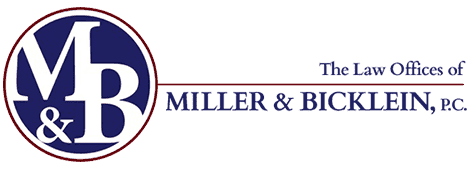After a crash, you may feel you were not at fault. Taking pictures and speaking to witnesses may help your case, but gathering evidence at the crash site is often a job for a professional. Responding to traffic accidents is one of the duties of law enforcement officers in Texas. Their help is essential in aiding you and other victims and securing the scene, which includes moving the wreck or rerouting traffic to ensure the ongoing safety of both motorists and emergency personnel.
Law enforcement is also responsible for preserving evidence at the scene. According to the Wise County Sheriff’s Office, authorities must investigate and report on accidents involving injuries, death or damages of $1,000 or more. That includes securing and examining evidence, gathering information from witnesses and victims and determining the cause. They also assign fault.
If the collision you were involved in resulted in a fatality or involved a felony act, officers call in a traffic accident investigator, or reconstructionist, who has special training and can help decipher clues at the scene. Fragile evidence, such as blood, broken glass and pools of oil or gas, is especially important because of its nature and its ability to be altered or removed from the scene.
Before moving a vehicle, investigators examine it for evidence, such as whether the turn signal is on or there are alcohol containers within. They mark wheel positions, as well as the position of any victims. Tires, lights, brakes and more are examined with an eye toward whether they contributed to the accident.
Investigators look at skid marks and they also take photos or sketches that note where evidence is found, which helps them recreate the accident and write their report.
Accident reconstructionists take all of the evidence, interviews and measurements taken at the scene and work backward to recreate the event. They use all of these pieces to support their conclusions of how the accident occurred and whether a driver or something such as a road hazard is at fault. For law enforcement purposes, the end result is to understand whether a crime has been committed and if so, level a fine or make an arrest.
